Pickleball Paddle Grip & Shot Types: How to Switch Hands
Pickleball Paddle Grip & Shot Types: How to Switch Hands?
Switching hands in pickleball can be a useful skill when you need to adapt to different shot types or positions on the court. To switch hands effectively, practice a two-handed grip for better control, and work on your footwork to position yourself correctly. When transitioning between forehand and backhand shots, maintain balance and practice your stroke techniques for both sides. With practice, you can become more versatile and proficient in handling various shot types in pickleball.
Introduction
Pickleball, a rapidly growing sport that combines elements of tennis, badminton, and table tennis, has captivated players of all ages and skill levels. One of the most crucial aspects of pickleball is understanding the paddle grip and shot types, as they significantly impact your control, power, and versatility on the court. Additionally, the ability to switch hands during a game can elevate your gameplay to a whole new level. In this article, we will explore the various pickleball paddle grips, shot types, and provide insights on how to effectively switch hands for better performance.
Understanding the Pickleball Paddle Grip
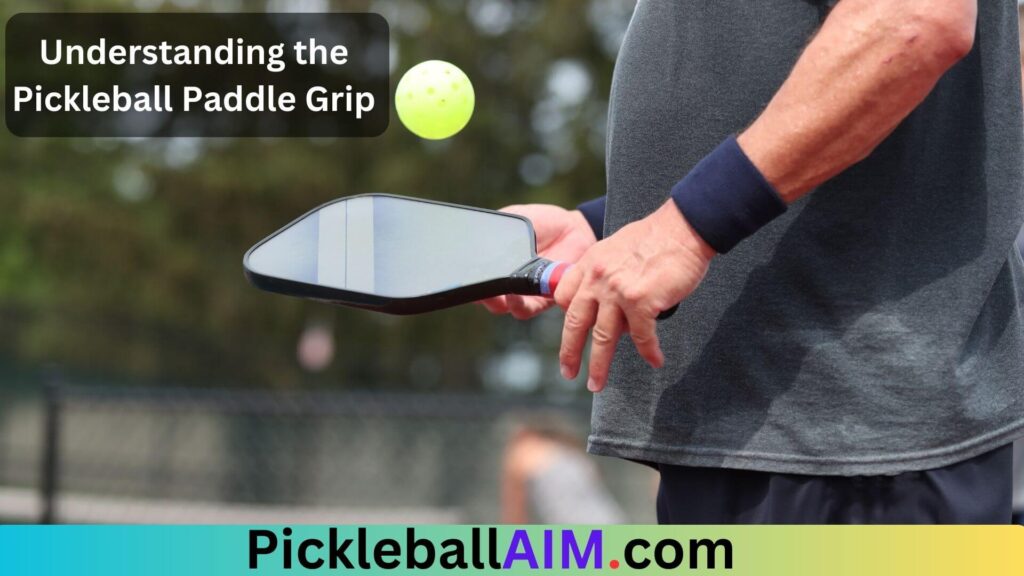
The pickleball paddle grip is the foundation of your playing technique. A proper grip enhances your shot control and minimizes the risk of mishits. There are two primary grips used in pickleball:
1. Continental Grip
The Continental grip is the most commonly used grip in pickleball. To achieve this grip, place your index knuckle on the top of the paddle handle, creating a V-shape between your thumb and index finger. This grip allows for versatility in executing various shot types, including forehand, backhand, and volleys.
2. Eastern Grip
The Eastern grip is an alternative grip that some players prefer, particularly those transitioning from tennis or table tennis. To achieve this grip, place your index knuckle slightly to the right (for right-handed players) or left (for left-handed players) of the top paddle edge. The Eastern grip is more suited for players who predominantly use forehand shots and can limit your versatility in executing backhand shots.
Common Shot Types in Pickleball
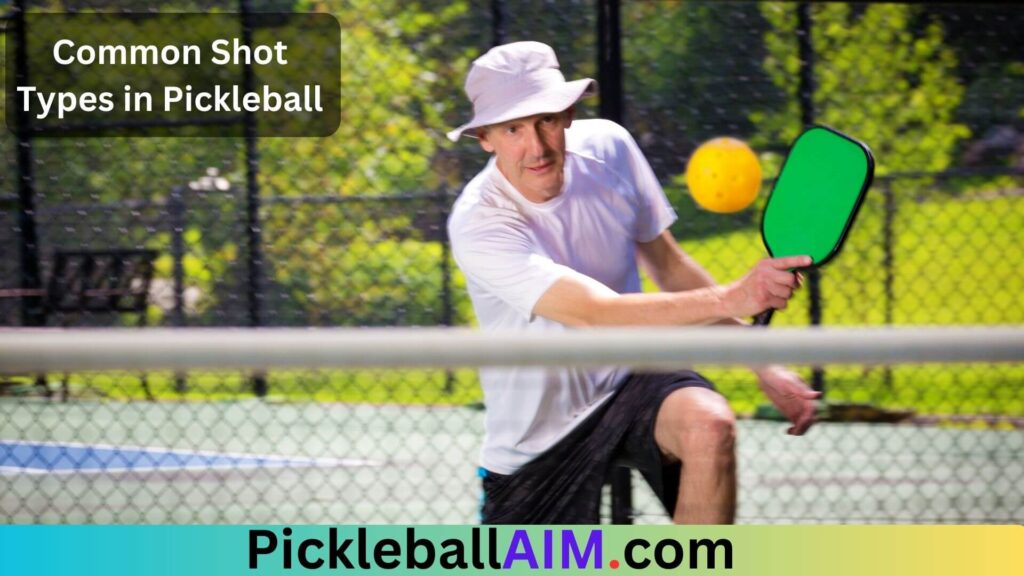
Mastering different shot types is essential to becoming a well-rounded pickleball player. The most common shot types in pickleball include:
1. Forehand Shot
The forehand shot is executed on the dominant side of your body. When using the Continental grip, the forehand shot is easily accessible and versatile, allowing for power and control.
2. Backhand Shot
The backhand shot is executed on the non-dominant side of your body. Achieving a strong backhand requires practice and proper footwork. With the Continental grip, you can develop a consistent and effective backhand shot.
3. Volley
The volley is a shot that is taken before the ball bounces on the court. It is executed near the net, requiring quick reflexes and precise control. The Continental grip is ideal for volleys as it offers the necessary stability and maneuverability.
4. Dink
The dink is a soft shot played close to the net, often used to engage in strategic exchanges with opponents. It requires a delicate touch and finesse. The Continental grip provides excellent control for executing accurate dinks.
5. Lob
The lob is a defensive shot that sends the ball high and deep, giving the player time to recover or reset the point. While the Eastern grip might provide more power for lobs, players using the Continental grip can still execute effective lobs with practice.
How to Switch Hands in Pickleball
Switching hands in pickleball is a valuable skill that can give you a competitive edge on the court. Mastering this technique enables you to reach shots on your non-dominant side and maintain control during challenging situations. Let’s dive deeper into each step of the process to switch hands effectively.
Step 1: Anticipate the Shot
Anticipation is key in pickleball, and recognizing when to switch hands is essential. As the ball approaches, assess its trajectory and determine if it will land on your non-dominant side. If you realize that using your dominant hand would be awkward or difficult, it’s time to prepare for the switch. Anticipating the shot early will give you the necessary time to execute a smooth hand change.
Step 2: Non-Dominant Hand Placement
As the ball gets closer to your non-dominant side, start preparing to switch hands. Release your grip on the paddle with your dominant hand and slide it down the handle towards the paddle’s base. Maintain a loose grip with your non-dominant hand to allow for a seamless transition.
Step 3: Dominant Hand Transition
With your dominant hand now holding the paddle towards the handle’s base, it’s time to transition your non-dominant hand to the dominant position. Bring your non-dominant hand up the handle to meet your dominant hand, effectively switching the paddle to your non-dominant hand. The transition should be fluid and quick, allowing you to be ready for the shot.
Step 4: Shot Execution
Once the paddle is securely in your non-dominant hand, execute the shot as needed. Keep in mind that your non-dominant hand might have less power and precision, especially if you haven’t practiced with it extensively. For straightforward shots, aim for accuracy and placement rather than relying on power. With regular practice, you can improve the shot execution and adaptability of your non-dominant hand, making it a reliable asset on the court.
Step 5: Practice Makes Perfect
Switching hands in the heat of the game can feel awkward initially, but don’t be discouraged. Like any skill in pickleball, consistent practice is crucial to becoming comfortable and proficient in switching hands smoothly. Spend time working on drills that specifically involve switching hands and hitting shots with both your dominant and non-dominant hand. Gradually, you’ll build the muscle memory and confidence needed to switch hands effortlessly during gameplay.
Benefits of Learning to Switch Hands
Learning to switch hands in pickleball offers numerous advantages that can elevate your performance on the court:
- Extended Reach: Being able to switch hands allows you to reach shots on your non-dominant side, expanding your defensive and offensive capabilities.
- Adaptability: Switching hands makes you more adaptable during dynamic rallies, enabling you to respond effectively to unexpected shots.
- Shot Variety: With the ability to use both hands, you gain access to a wider range of shot types, adding versatility to your gameplay.
- Confusing Opponents: Opponents may find it challenging to predict your shots when you can switch hands effortlessly, giving you a strategic advantage.
- Reduced Vulnerability: By switching hands, you can minimize exposing your weaker side, making it harder for opponents to exploit any weaknesses.
Conclusion
Understanding the different pickleball paddle grips and shot types is fundamental to improving your gameplay. The Continental grip offers versatility and control, making it the preferred choice for most players. However, the Eastern grip can be effective for those with a strong preference for forehand shots. Additionally, learning how to switch hands allows you to expand your shot selection and reach balls on your non-dominant side. By mastering these techniques, you’ll be well on your way to becoming a skilled and adaptable pickleball player ready to take on any opponent on the court.
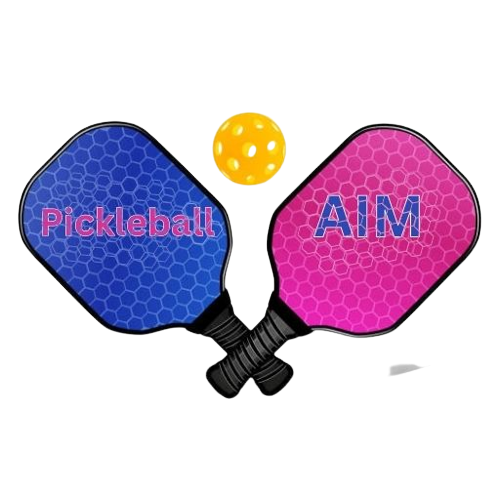


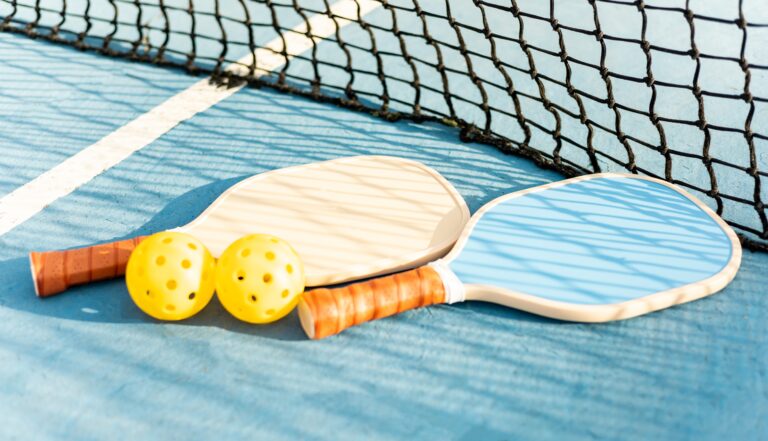
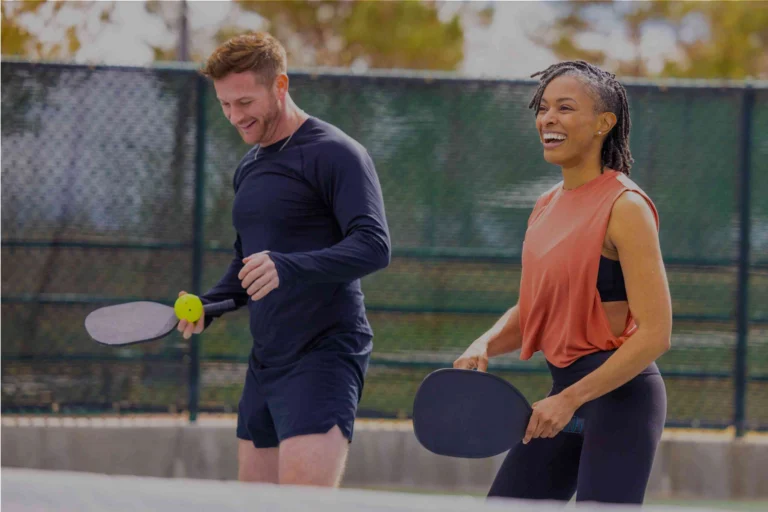


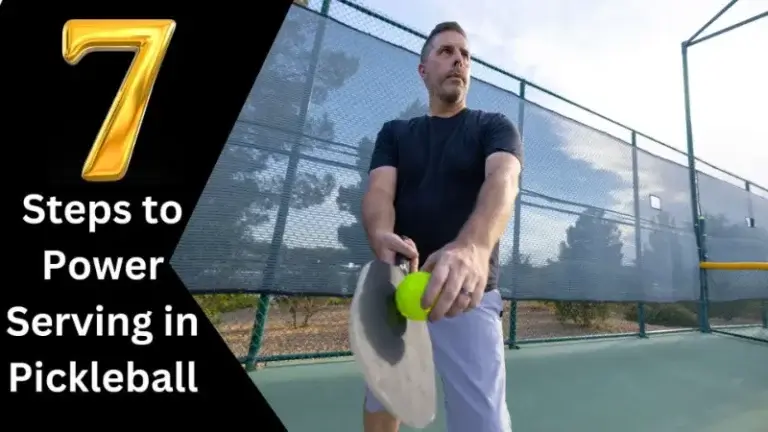
One Comment